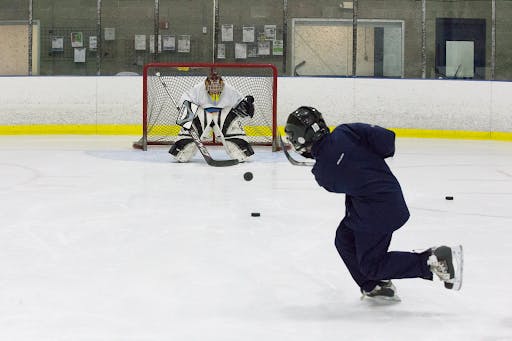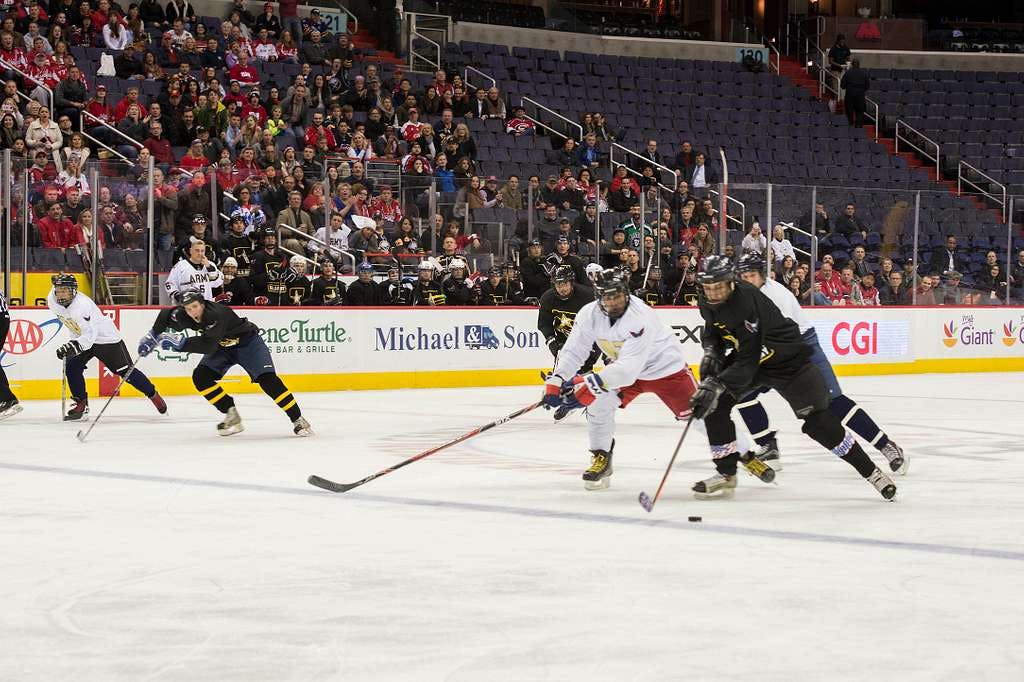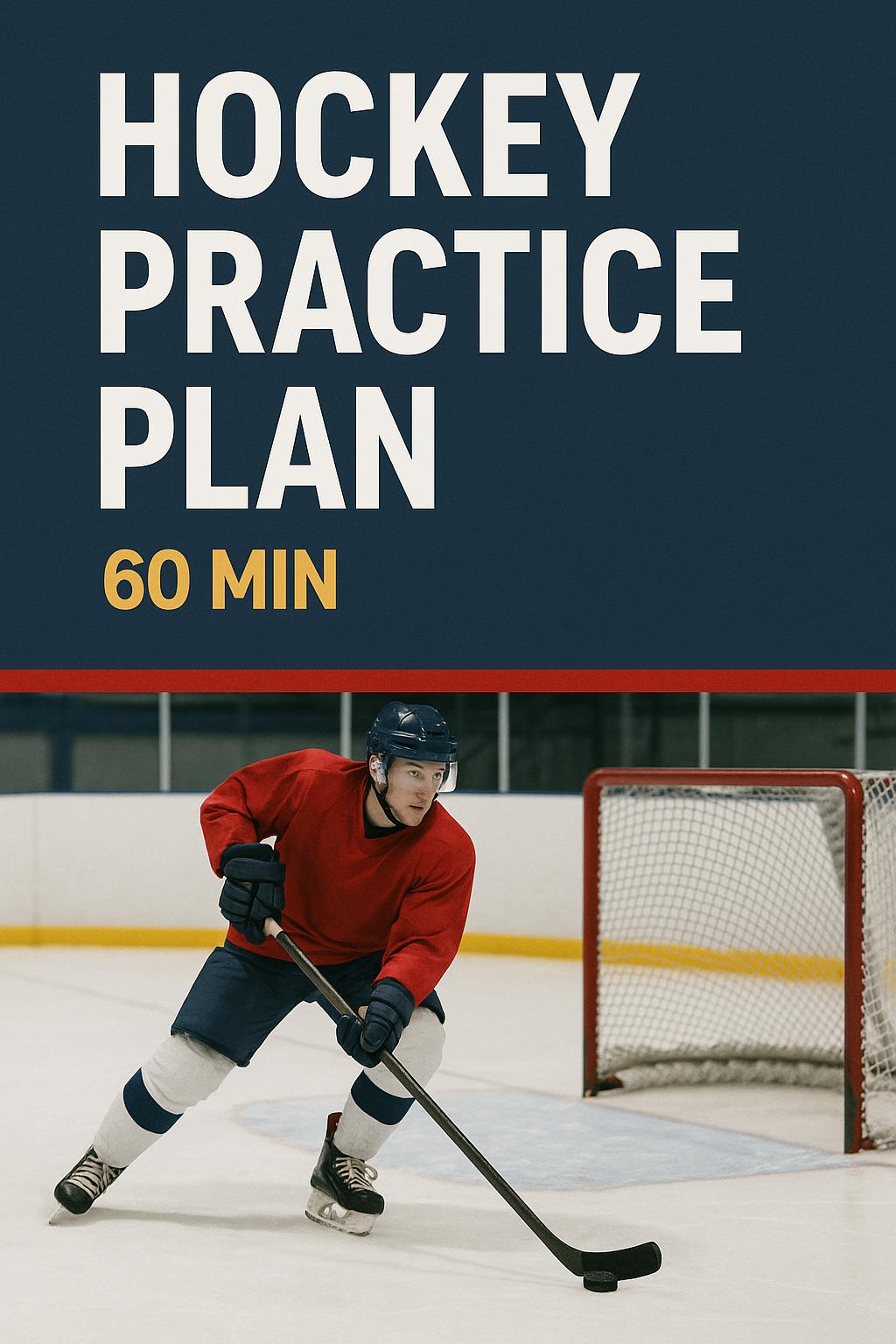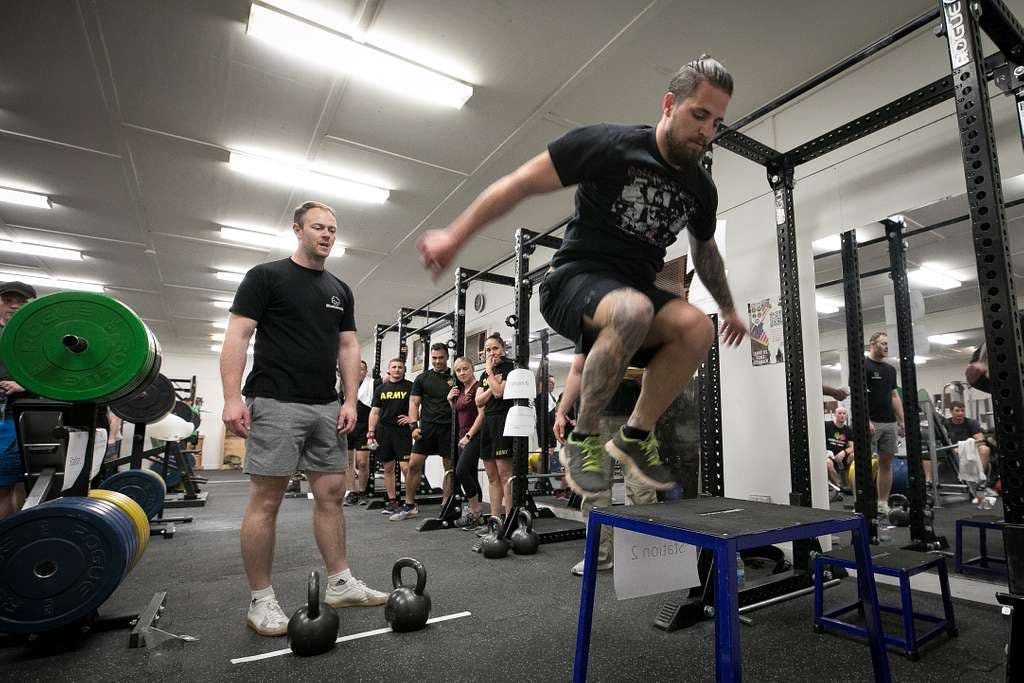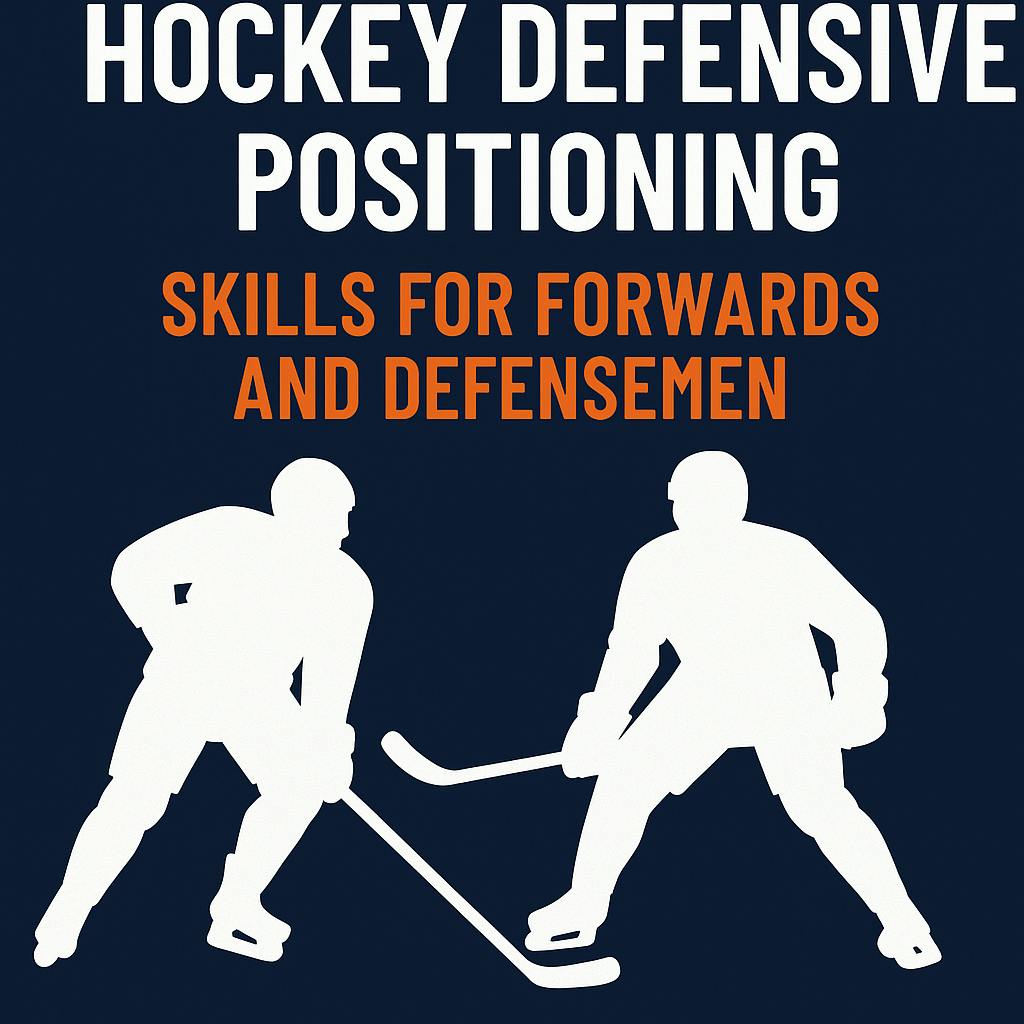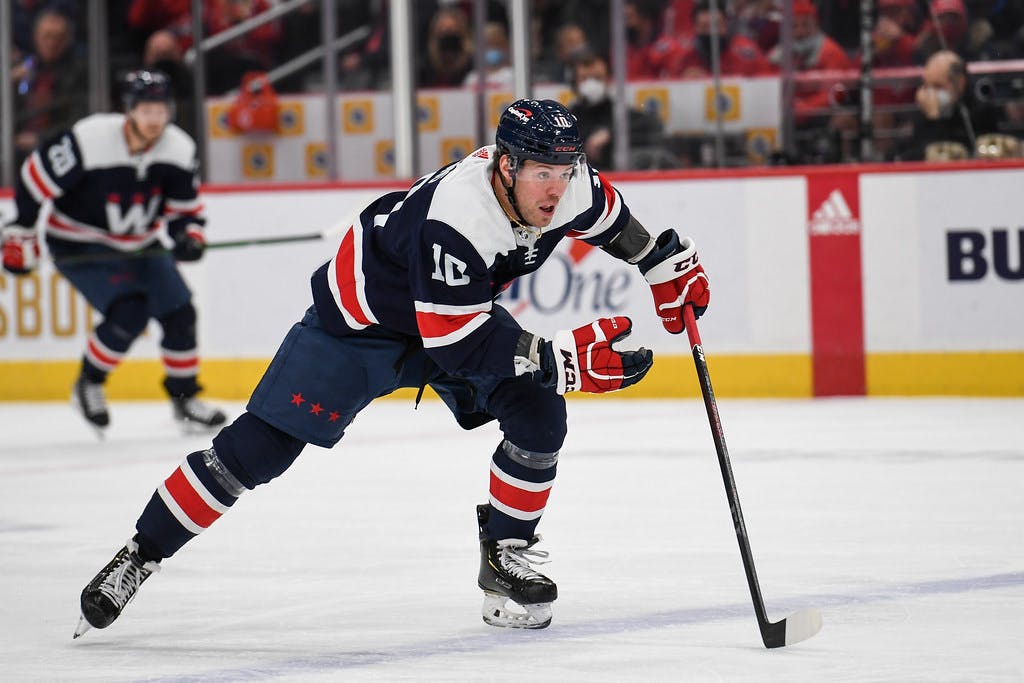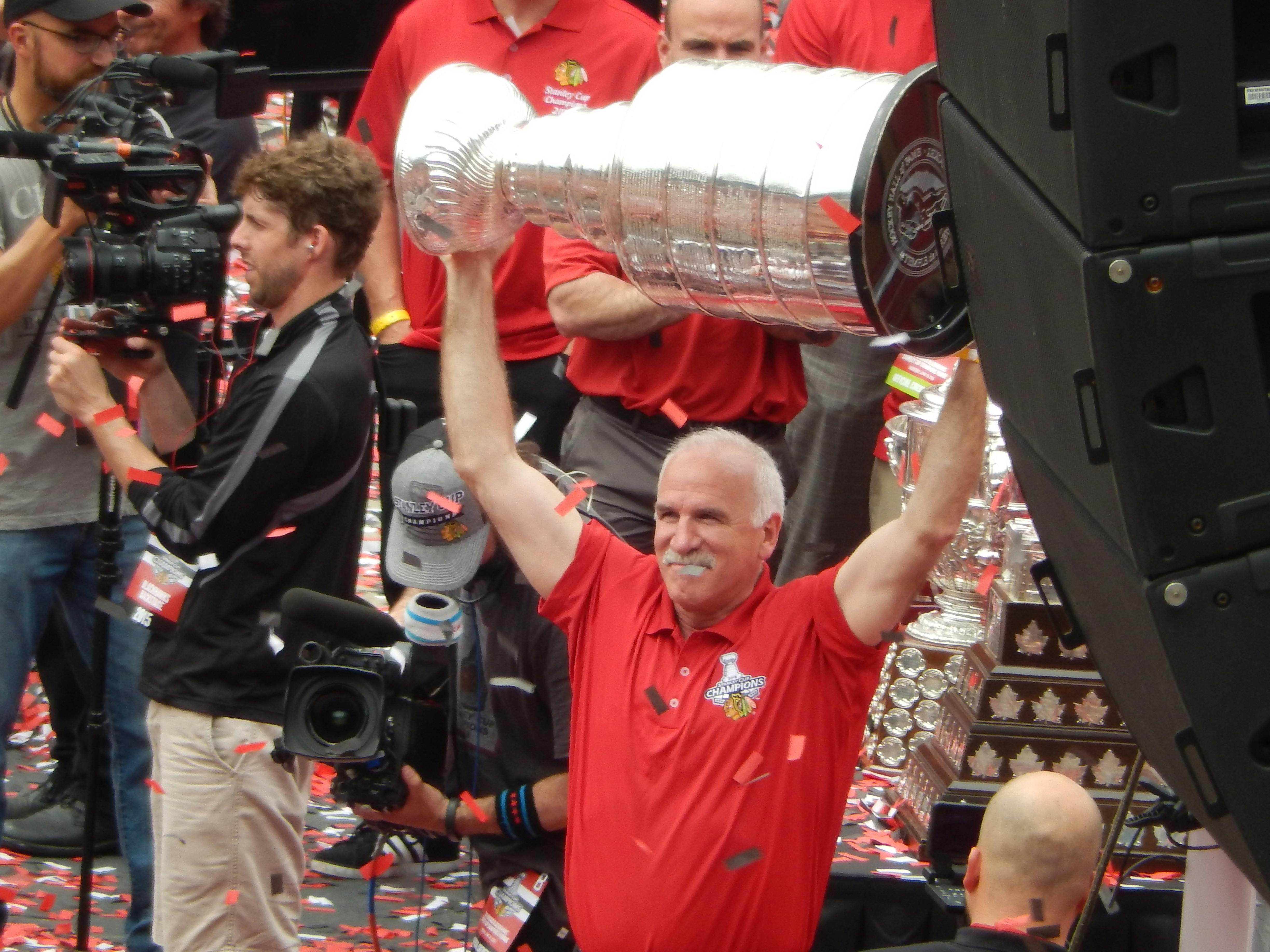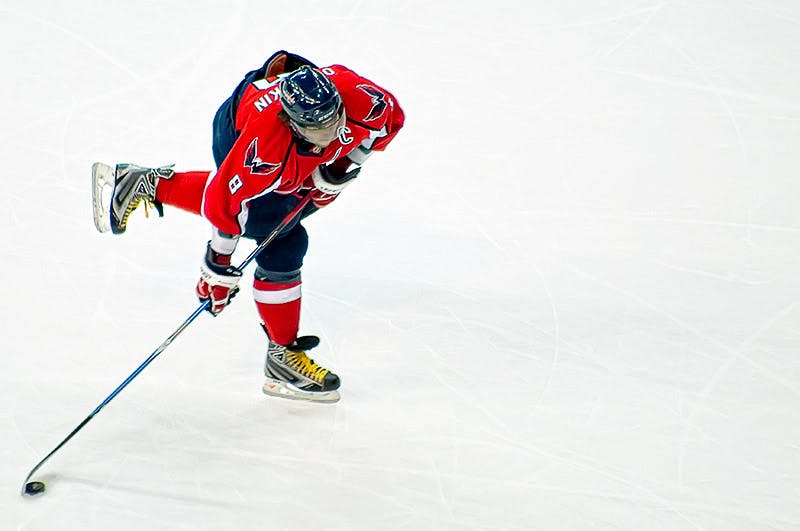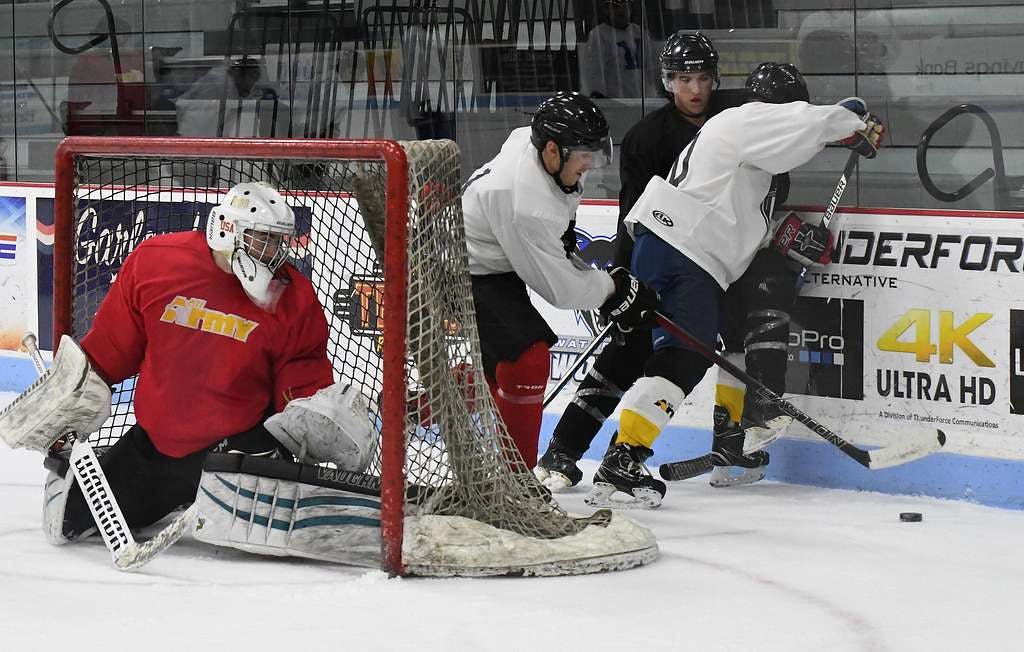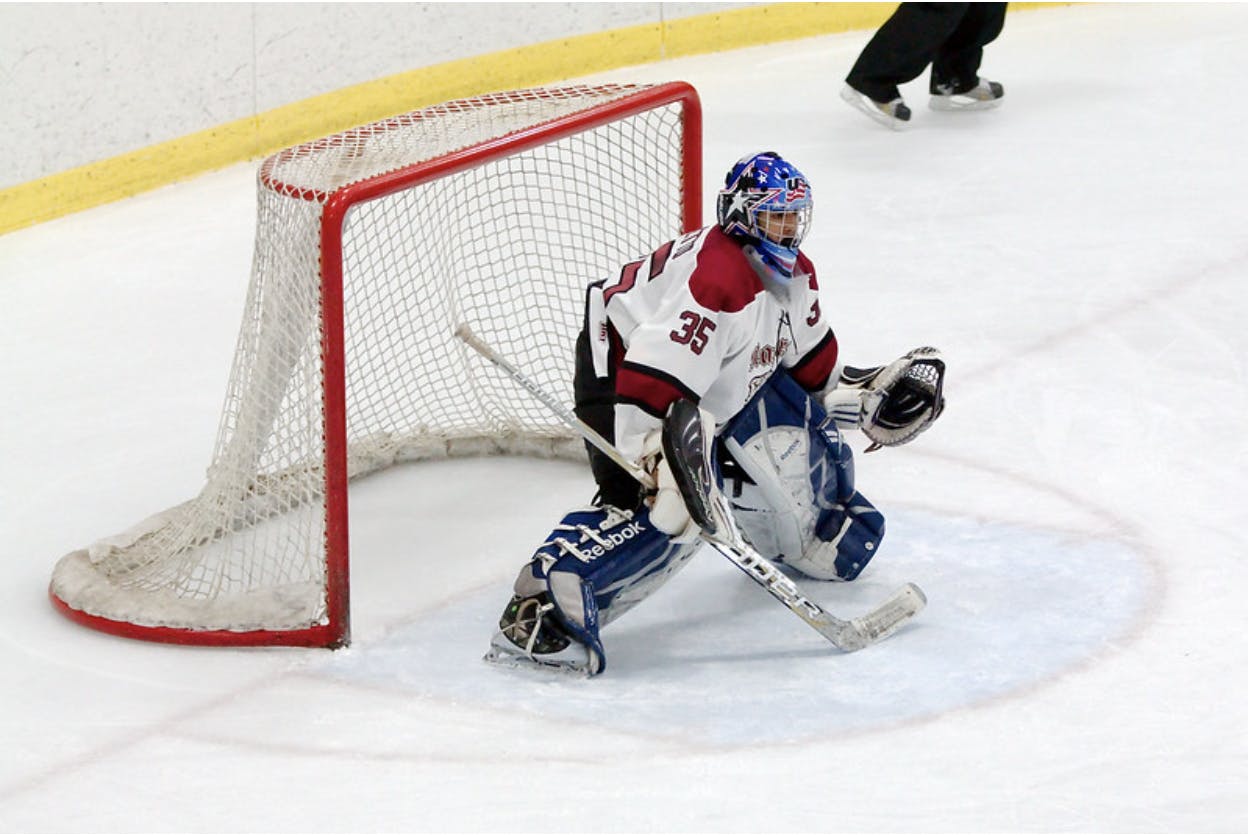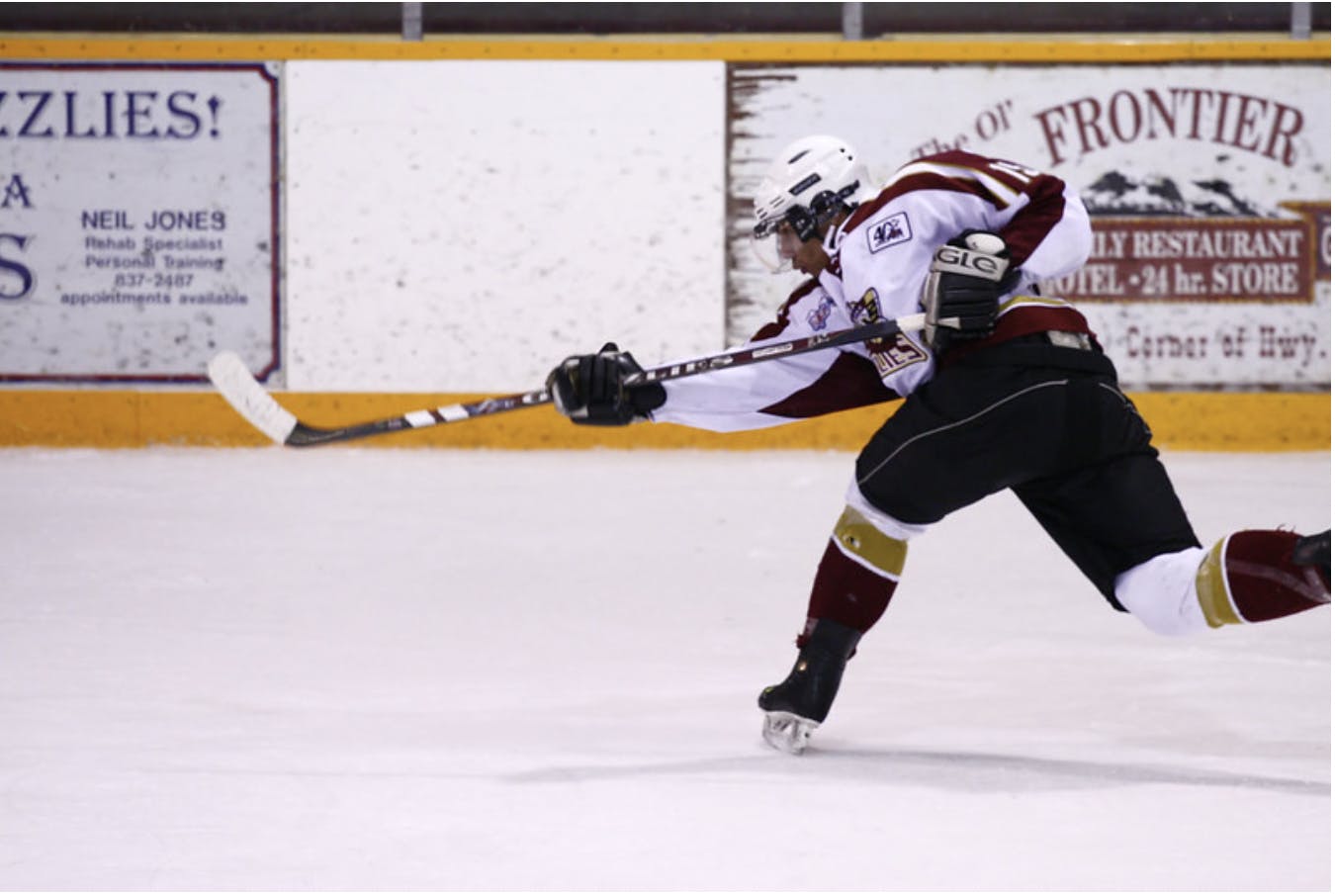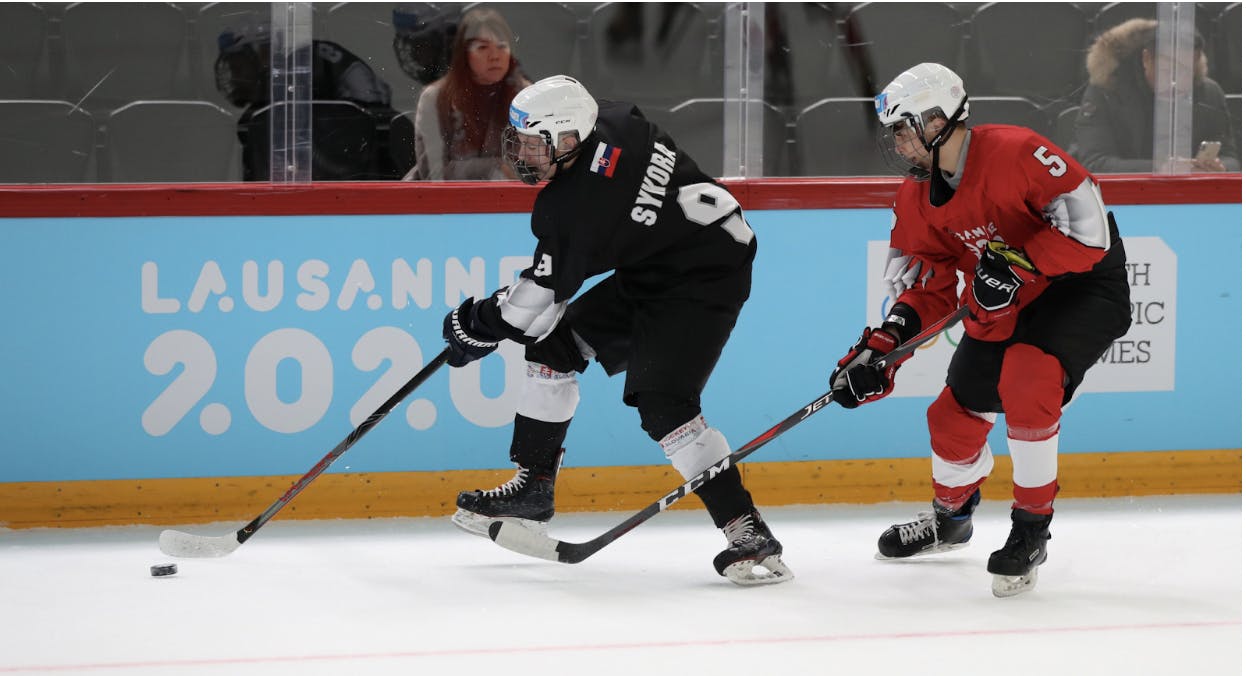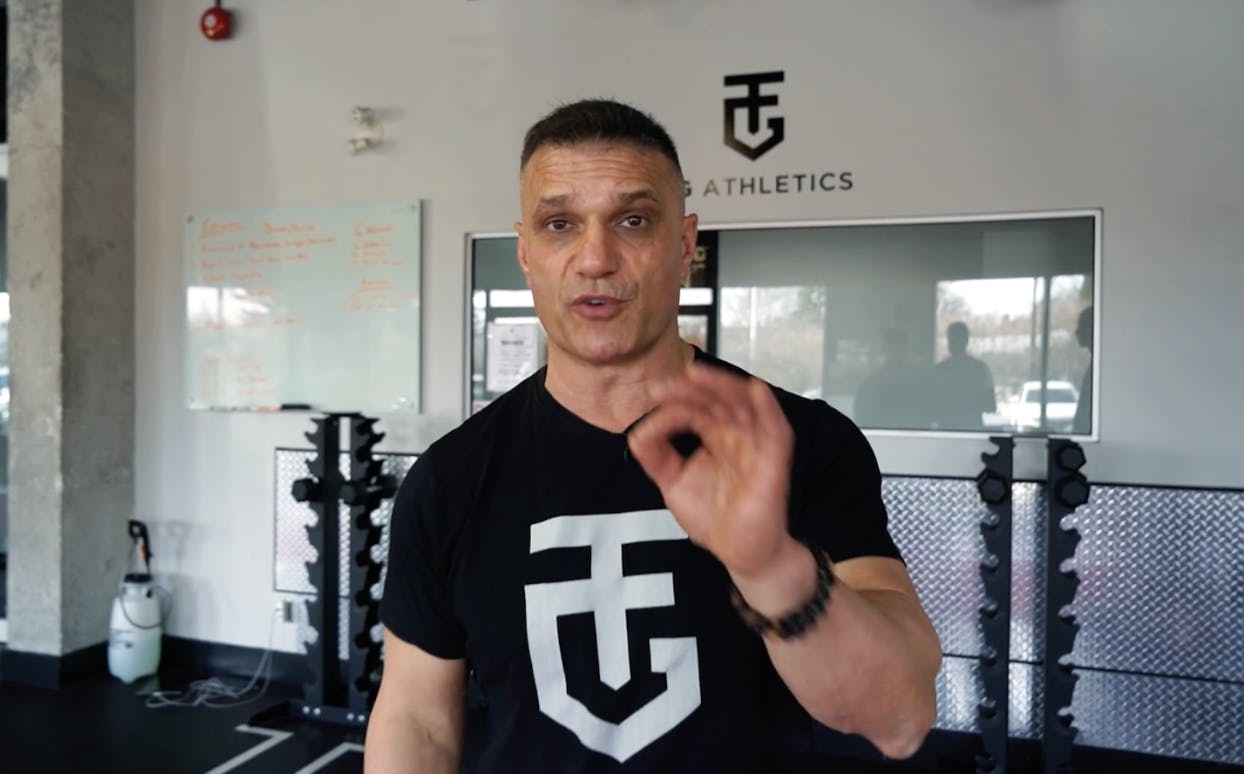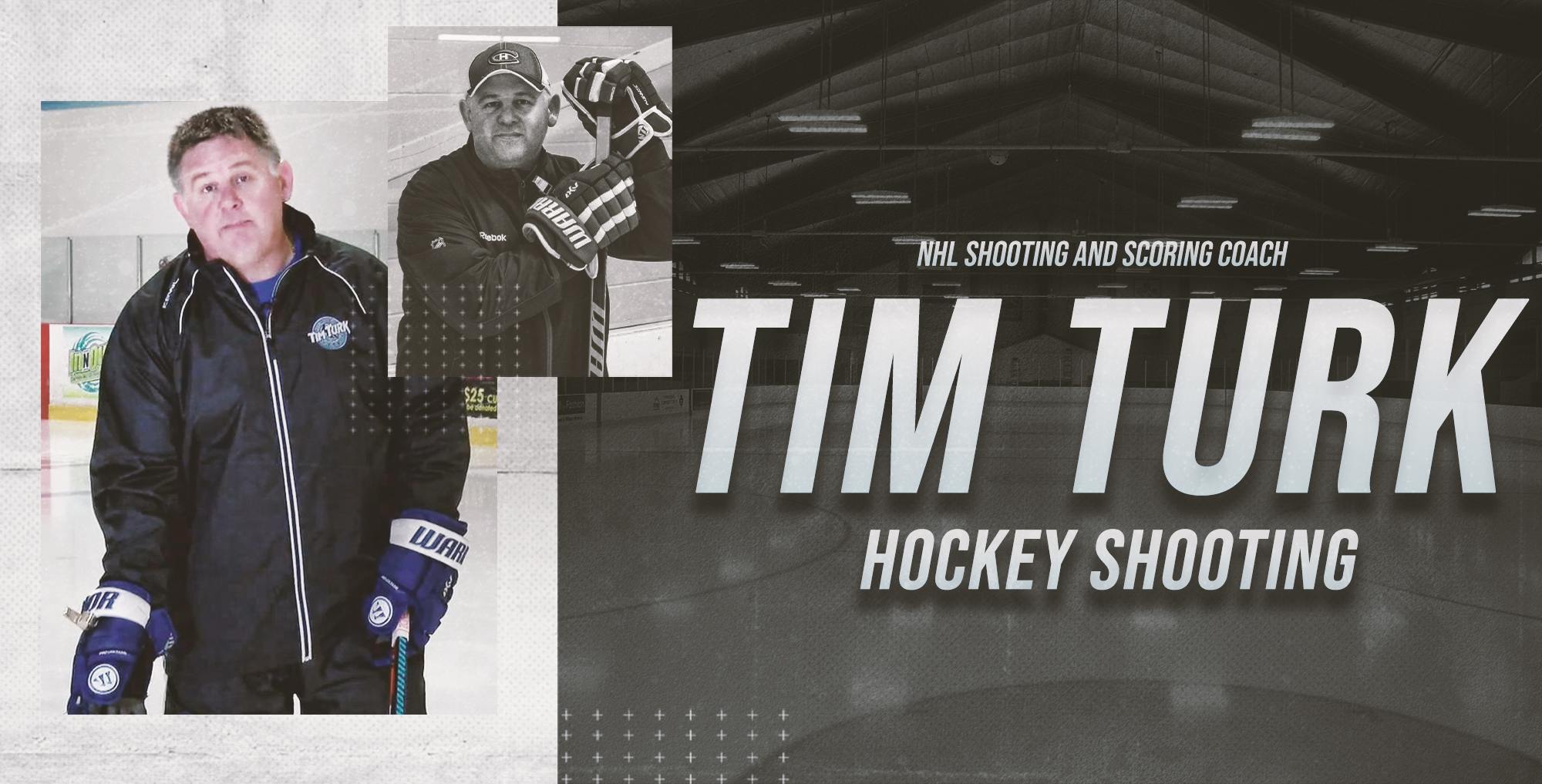Calgary Flames Strength and Conditioning Coach, Ryan Van Asten knows what it takes to develop athletes to reach their pinnacle of performance. His previous tenure with the Los Angeles Kings includes two Stanley Cups in three seasons. Ryan brings a wealth of knowledge, experience and expertise to the young and developing Flames. Already in his second season with the Flames we can see development and improvement in Flames athletes. In addition to his winning pedigree, Ryan possesses an exceptional educational background. He holds two degrees from Queen’s University in Kingston Ontario, a Bachelor of Science degree in Life Sciences and a Bachelor of Physical and Health Education degree. He also possesses a Master of Science in Exercise Physiology from the University of Calgary. This article chronicles Ryan’s career up to present day and provides insight into the work he is currently doing with the Calgary Flames. This article also offers insights and guidance for both athletes and non- athletes that can be implemented on a daily basis.
Background
Ryan shares with us how he started his career as a trainer. “It was an interesting path gained the experience necessary to begin as a young professional. I was actually a hockey player myself. As a player, I was never the biggest player or the fastest, but I had a tremendous work ethic. While playing hockey and studying at Queen’s University, one of the guys I was playing with, Anthony Slater, started working at Athletes' Performance which is now known as EXOS. He helped me design a structured program that helped me immensely on my growth as an athlete. He got me interested in improving my knowledge about strength and conditioning. Later on when I was already in Grad School in Calgary, I ran into a group from Athletes’ Performance at the Human Performance Lab at the UofC, and after meeting with them and talking to Anthony I was able to land an internship at one of their facilities. That internship was my first exposure to working with professional athletes. It was a really good learning experience. In fact, I think that was the turning point in my career.”
Ryan reflects that “before the internship I was working as a trainer and going to school. I would train people in a very ordinary way. Beginning with a warm up for 10-15 minutes, then we would lift weights and then we would do conditioning. The internship changed my perspective on training and showed me a movement based approach. ” Ryan elaborates, “I began to think about movement differently. The internship helped me realize that strength and conditioning is partly about making athletes move more efficiently, which is beneficial for non-athletes as well.”
Movement Based Training for the Every Day Person
Ryan adds “it is really difficult to start learning about movement based training on your own. Ideally, you need to find a trainer who is knowledgeable in this area and knows what training program will best suit you. To put it into perspective, I’ve had professional athletes, some of the best players in the world that have difficulty performing simple movements on dry land when they are out of their element. It takes a little bit of coaching to help them get better. For the regular person being able to move without discomfort or pain requires just a bit of guidance.”
Individuals who influenced Ryan
Ryan comments, “There are many people that I came across in the past who have helped me.” Anthony Slater who was mentioned earlier in this article and who is currently the Vice President of strategic accounts at EXOS “really got me excited about Strength and Conditioning”. Then there is, David Frost who is now a PhD researcher at University of Toronto. Ryan explains, “Dave and I were in school together at Queens University. His knowledge on the topic of Strength and Conditioning was superior to mine. I tried to learn from him as much as possible. There are other individuals who influenced me like the great group of strength and conditioning coaches at the Canadian Sport Institute in Calgary, including Matt Jordan, Scott Maw, Mac Reid, and Jeremiah Barnert. Another guy that I should mention is Andy O'Brien. He is Crosby's coach and now works for the Pittsburgh Penguins. Andy has helped me a lot over my career and we still communicate regularly.”
Ryan continues, “Having done grad school in Calgary under the tutelage of the two brightest physiologists on the planet, Dr. Dave Smith and Dr. Steve Norris, has helped me immensely with my physiological knowledge. Honestly, learning physiology from them, one can't learn better from anyone.”
Launch of Career
After completion of the internship, a position opened up at the Canadian Sport Institute in Calgary where Olympic athletes train to reach the Olympic podium. He was able to land a job with the Women’s Olympic Hockey team for the 2010 Olympics. Ryan explains at the Institute, “I was lucky enough to be contracted to Hockey Canada which resulted in being a part of the World Championships and ultimately being selected by Hockey Canada to be the Head Strength and Conditioning Coach of the women’s hockey team. It was an awesome experience coaching the women’s team at the 2010 Olympics in Vancouver and winning the Gold Medal.”
NHL Career with LA Kings
It was in 2011 that the opportunity knocked to work in the NHL. Ryan was selected to be the Strength and Conditioning Coach for the LA Kings. In his first season (2011-2012) with the team he won a Stanley Cup. This feat was again achieved in 2014 when the Kings won the cup a second time in three years.
Ryan comments on his remarkable achievement. “That was the most amazing thing in my career. Winning Stanley Cup is a lot different than Olympic championship. To win both Stanley Cups is really impressive. It is such a hard accomplishment. I was so fortunate to be part of that, twice! I would like to think that my work with those players helped the athletes perform through the grueling games and rounds of the Stanley Cup Playoffs. Ultimately, winning the cup is something you dream of as a kid. I never won a Stanley cup as a player, but to be a part of it feels amazing! I don't think you can ever repeat the road to the cup the Kings took in 2014 where the team became only the 4th team in NHL history to come back from a 3- 0 deficit in a series to win it. Not many things in the game are more difficult than that. Going through those dramatic and intense moments with the group of athletes in that locker room was just really phenomenal.”
The Role of Strength and Conditioning in the Play Offs
Ryan explains that during the Playoffs Strength and Conditioning is kept relatively simple. At that point in the season “I don't want to introduce all kinds of new things into my program. Things that change during the play offs in terms of Strength and Conditioning typically are the volume and intensity of the work. In the playoffs you are essentially playing every other night, it all boils down to how the athletes recovered from game to game. In 2012 we got relatively lucky, as we finished all the rounds sooner. There were series where we got almost a week in between and everyone was able to recover in that time.”
Coming Home to Calgary to be the Strength and Conditioning Coach of the Flames
For the 2014/2015 season Ryan decided to return home to Calgary to become the Strength and Conditioning Coach of the Flames. Currently, Ryan is in his second year with the Flames. Ryan comments on his decision to come back to Calgary, trading in the sandals he can wear to the beach in LA for snow shoes to wear in Calgary, “The biggest reason for the move back was a family decision. My wife was in Calgary pretty much the whole time I was in LA. She is a doctor, so we found out it was very difficult for her to come to LA to work. Also, Calgary is my home. And, working in Canadian city, in a Canadian Market with unbelievably passionate Fans is something to behold. So far it has been unbelievable.”
When I asked Ryan what kind/type of work he has been doing with the Flames and how different it was from working with the Kings, he responded: Ryan responded, “It's a similar approach, but I’d like to think I made some changes that have made my program better. Hockey players are a relatively homogeneous group, so there are lots of similarities within this group and how you structure the training and nutrition. The gyms are a bit different in terms lay out and availability and often, I have to structure things around because of that.”
Ryan comments on what we are seeing this year with the Flames and what are his plans for the team for the rest of the year. “Building off of last year’s success, I think you can expect the same. I don't think there are many teams that work harder than we do in terms of training and practice. In my opinion, we are one of the fittest teams in the league. One of our young players, Sam Bennet, who is 19 years old, had a really great off season training. He is bigger and stronger than before due to the hard work he has been doing to improve his body composition and performance. And I would expect this to continue. Overall, you can expect Calgary Flames to show lots of progress this year.”
Behind the Scenes
Ryan takes us behind the scenes tour of how Hockey Strength and Conditioning programs are developed. “When the players come to Calgary in September, we do a full battery of physical testing on them. This encompasses strength and power to energy systems and functional movement. From there you can start building individual programs. There are younger and older players that we work with. For younger players, their potential is broader as they have not accumulated the same type of training volume over the years. So, for them, mastering the basic movements is essential. For older guys, in terms of their physical maturity, most of the time they need to work on different things. They might not necessarily need to build more general strength, although often they need to work on mobility and movement. We still do lifting as they are trying to get stronger and faster. If we take Mark Giordano as an example, he is the fittest guy on the team, by far. His strength and power is impeccable and he is really easy to work with. He might need to work on his mobility and flexibility, little things like that, while maintaining everything else and trying to get better each time. Another example would be Johnny Gaudreau, who is a smaller athlete and doesn't have as much strength and power. However, he is a relatively strong guy from the stand point of the gym. Like other young players, he needs to accumulate some good quality training over time and just continue to improve.”
Ryan gives as a typical training scenario, “The way I would break down a workout session is when guys come in, they would do their own soft tissue work, like foam rolling or using a softball. After that we work on lengthening of the tissue through just basic stretching types of movements and mobilizing joints. From there, they need to re-introduce good pattern. If you shut down the soft tissue to lengthen it, you want to re-activate then and integrate them into the appropriate sequencing and patter. Then I would start increasing the intensity in terms of the dynamic movement. That is essentially the main body of the warmup. Then we go to all the skill work. We would include things like linear and later skill, resisted movement patterns, complexed with free movement patterns for example. All that would take from 45 minutes to an hour. After that, guys would go into the weight room and do the lifts assigned for that day. And then we would do some conditioning. A typical training in the off-season could be up to two to two and a half hours long. Plus, if they are going on the ice, it could be another 45 minutes.
Tracking a Player’s Progress throughout the Year
Ryan outlines how to track and measure the progress of a player. “In the summer, with the athletes in Calgary, we do weekly tracking on bilateral force plates. A force plate is designed to measure the forces and moments applied to its top surface as a subject stands, steps, or jumps on it. We measure force and asymmetries of vertical jumps. One of the neat things is that if you are doing such jumps, you can see how athlete decelerates and if one leg is taking more load than the other. We are tracking things like that. Also, we track body weight, body fat, body composition, various strength, power, core and speed measurements. Throughout the year we do monthly body composition measurements. There are quite a number of things we do to track the athletes, such as sleeping hours, readiness to train, performance, resting and fatigue levels.”
Important Components as Part of Strength and Conditioning
Blood Analysis
Ryan explains, “One of the biggest things for athletes is their recovery and their sleep. With the Flames we do blood work with our athletes and customize nutrition plans and supplementation.”
Nutrition
“From the nutrition stand point, in my opinion nothing beats real food. So we always have high quality foods available to our athletes. We also have a nutritionist on our team that works with athletes and builds a personal diet for each one of them. I don't think supplements are always necessary. However, we do have supplementation available, such as amino-acids, whey protein isolate, recovery supplement and a carbohydrate supplement.”
The Role of Proper Footwear and Even No Footwear While Training
Another aspect to training is proper footwear. Ryan explains, “The shoes that every team in the NHL gets are the same type of Reeboks. We are using CrossFit shoes at the moment. I like them as they are flat and have pretty solid sole. They are good for sprinting and lifting in the weight room.
Most of the players gravitate towards more of minimalist types of footwear. New Balance also has these. Actually, there are many things that I would want to do without shoes. You have a different type of connection with ground; it changes your proprioceptive feedback that can help you with your balance and your movement. It's teaching your feet to work differently using different muscles and sequencing, which will in turn increase strength, conditioning, coordination, and balance, which will make an enormous difference when on ice.”
Building Speed and Agility
Ryan explains, “In most cases, especially with young players, lack of speed is typically lack of strength. Strength is often overlooked when talking about speed and agility: if you don't have adequate strength and aren’t putting enough force into the gorund, then you simply aren't going to be fast. There are many ways in which you can train to improve your strength, some main exercises and most common ones would be squats, lunges, and deadlifts. Sled pushing is also an excellent exercise in strength building. It can get you in a low, almost acceleration type position and you can use it in many different ways. You can use it in speed work and conditioning. You can do resistant movements with a band and have a partner help you. The partner could put the band around your waist and add resistance while you march, skip and do high kneed drills. Also, there are all kinds of exercises with medicine balls.”
Ryan adds, “Another way to build speed is sprinting in a straight line or with changing directions. At the same time the quality of the movement has to be really good. Everyone has to learn the mechanics of the body to even run properly. Otherwise you might not get all the benefits that you want from it.”
Building Stamina and Endurance
Ryan explains, “For our athletes, it's a systematic approach to building stamina and endurance. What you need to look at is what is going on in one shift, how many shifts the person has during the game, how many games have been played in a year and so on. Also, we need to look at the aerobic system and the anaerobic system particularly in the summer because it is difficult to do off-ice in season with the rigorous schedule.
Some of the athletes don't need to do so much pure speed work, but they are lacking lactate capacity. Let’s say the athlete is trapped in their own zone. The longer the shift goes and the more intense it is, the athlete gets more fatigued and their lactic acid builds up which in turn drops their performance. When they stop skating or moving, that is when penalties are taken, goals are scored on you or you are forced to ice the puck. Increasing the tolerance to lactic acid in an athlete will make them attenuate exhaustion in their muscles and that could be the difference from getting scored on during an extended shift or getting the puck out of the zone. Overall, building stamina and endurance is a very complex approach that needs individual assessment.”
Building Mental Toughness in Athletes
Ryan explains, “Some guys innately have mental toughness. They don't need to work on it. Some guys can work on it a little bit. From my stand point, to work on that, means to surround them with people who already have the mental toughness in them. That is a huge motivator. In addition, we do have sports psychology available for players if they need it.”
Strength and Conditioning for Everyday People in Everyday Life
Ryan offers everyday people advice to improving their quality of life through strength and conditioning. “In terms of strength and conditioning, the biggest piece of a puzzle would be your nutrition. That would have the biggest effect on your health and body composition. My philosophy for an average person would be: make sure that you are eating whole and real foods, mostly vegetables, basically as many as you want. Drink lots of water and don't eat anything processed.”
When it comes to the training stand point, the biggest thing is to do something that you like to do. People who live the longest and have the most fulfilling lives, are not the ones who go to CrossFit gyms and work at their 110% intensity on a regular basis. Rather, they walk a lot; they stand a lot, etc. These people are just living a long fulfilling life being happy and healthy. Essentially, be moving all the time. You don't have to go to the gym every day and set world records. If someone says that you are just weak and don't want to work hard that is not true.”
When asked what great moves are to begin with, Ryan answered, “Simple movements like split squats. If you are able to go nice and low and able to have control in that low position and stand up with a weight that would be the simple drill to complete. Then you can progress to reverse lunging, side lunging, etc. Doing these exercises will reduce and eliminate pain such as lower back pain. Lower back pain usually is the result of really weak glute muscles and as a result people’s hips don't move and extend properly. As a result lower back takes the hit. This is why some people can’t bend over to tie their shoes, lift groceries or stand up from a chair!”
Combat the Effects Sitting All Day
Most people spend their days sitting all day for work. Ryan explains “sitting all day is detrimental to your health. Some progressive companies have “stand up” desks. I think that is the best thing. While sitting for the whole day, your shoulders fall forward, your arms are internally rotated, your head is forward all the time, and the front of your hips are in a shortened position. Deadlifts are a great exercise to train hip extension and the posterior muscles of your body, rowing for upper part of your back and any type of shoulder work. The work for the posterior musculature can be done daily.”
How you can work on Balance, Core Strength, Stamina and Endurance
Ryan explains, “In terms of core strength, I think you need to think about functionality. It boils down to stability of the lumbo-pelvic complex. Simple movements such as front and side planks are a great start. During rotational exercises, the movement should be coming from hip rotation and not from the spine. The lumbar spine should be relatively stable throughout the exercises. An important thing to remember is that there are so many different variations of exercises and you must start from the simplest and slowly build up to the most complex exercises.
When it comes to the everyday person’s life, most people sit all day and don’t really know how to take control of their pelvis. People don't know how to rotate their pelvis with their own power; they have no control of it. Therefore, part of the core training is teaching athletes and people in general to control their pelvis to keep strong in the glutes and in the lower abdominal muscles.”
Future of Strength and Conditioning
Ryan believes “Strength and Conditioning will progress in the technology side. It is exponentially growing in its applications and what it can potentially add is unbelievable. One thing I am cautious about is that you have to make sure that your philosophy and program are sound before you start messing around with the technological novelties. They are useless if your training philosophy is not set. The training is increasingly becoming more based on movement rather than old-style lifting and running.”
Ryan’s Immediate and Long Term Goals
Ryan explains his “immediate goal is to win a Stanley Cup in Calgary. It's been a while since the Flames won the cup dating back to 1989. For me, just seeing all the fans at the play offs last season was unbelievable! Last year, when Calgary won the first round against Vancouver, I could barely drive home, because people were celebrating on the streets and having a great time! What I love about Calgary is that the fans are so passionate.”
Secondary, “I started an internship program with Calgary Flames. Every summer I am taking one or two undergrad or graduate students and I share with them my philosophy and show them how I train hockey players. My legacy and long term objective is to help these young people reach their goals. Also, I would like to continue to keep myself in great health, eat well, and exercise frequently. There are other things I am interested in, such as doing research for/about hockey.”

